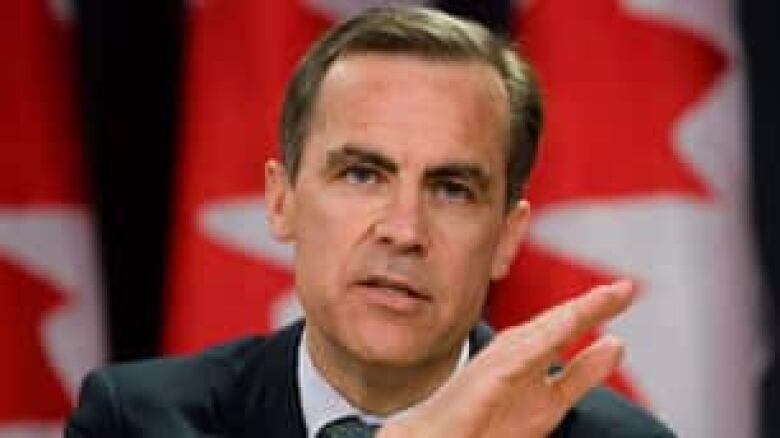Bank of Canada warns of debt peril
Rising government and household debt risk derailing Canada's economic recovery, the Bank of Canada warned Thursday.

In itssemi-annual Financial System Review, Canada's central banksays that despite positive signs of economic recovery in the last six months, rising household debt levels are currently the biggestrisk to the country's financial system.
"Conditions in the international financial system and in the global economy have improved considerably since June 2009," thereport says.
But of the five factors that the central bank singles out as risks to the recovery, the only factor it deems to have worsened since its last update in June is household debt.
The risk of a system-wide stress on Canada's economy due to debt levels remains low, the report notes. But "the likelihood of this risk materializing in the medium term is judged to have risen as a result of increased indebtedness."
On Tuesday, the bank reiterated its conditional commitment to keep lending rates low until June of 2010, holding the benchmark overnight lending rate steady at 0.25 per cent.
To illustrate its concerns, the bank outlined two simulated scenarios for what might happen with lending rates over the next three years. In the first, it assumed the benchmark rate would rise to 3.2 per cent by mid-2012. In the second, it assumed the benchmark rate would rise to4.5 per cent.
The bank says that a debt-to-service ratio higher than 40 per cent for a household makes it "financially vulnerable."
Should the first scenario come to pass, it estimates the level of households that would be above that level would be 8.5 per cent by mid-2010. Under the second scenario, the figure would jump to 9.6 per cent.
That compares with an average of 6.1 per cent over the past 10 years and a historical peak of 7.4 per cent in 2000, the bank says.
Although the average net worth of Canadian households increased during the most recent quarter, debt arrears and bankruptcies have continued to rise since June, the bank notes.
"Indeed, personal bankruptcies as a proportion of the population aged 20 and over increased to its highest level since 1991," the report says.
Government debt also a concern
The bank also highlighted mounting concerns over the fiscal positions of many countries that now have large deficits because of recession and stimulus spending.
The bank says the debt being accumulated by governments could trigger a disorderly adjustment to global imbalances.












_(720p).jpg)


 OFFICIAL HD MUSIC VIDEO.jpg)
.jpg)



























































































